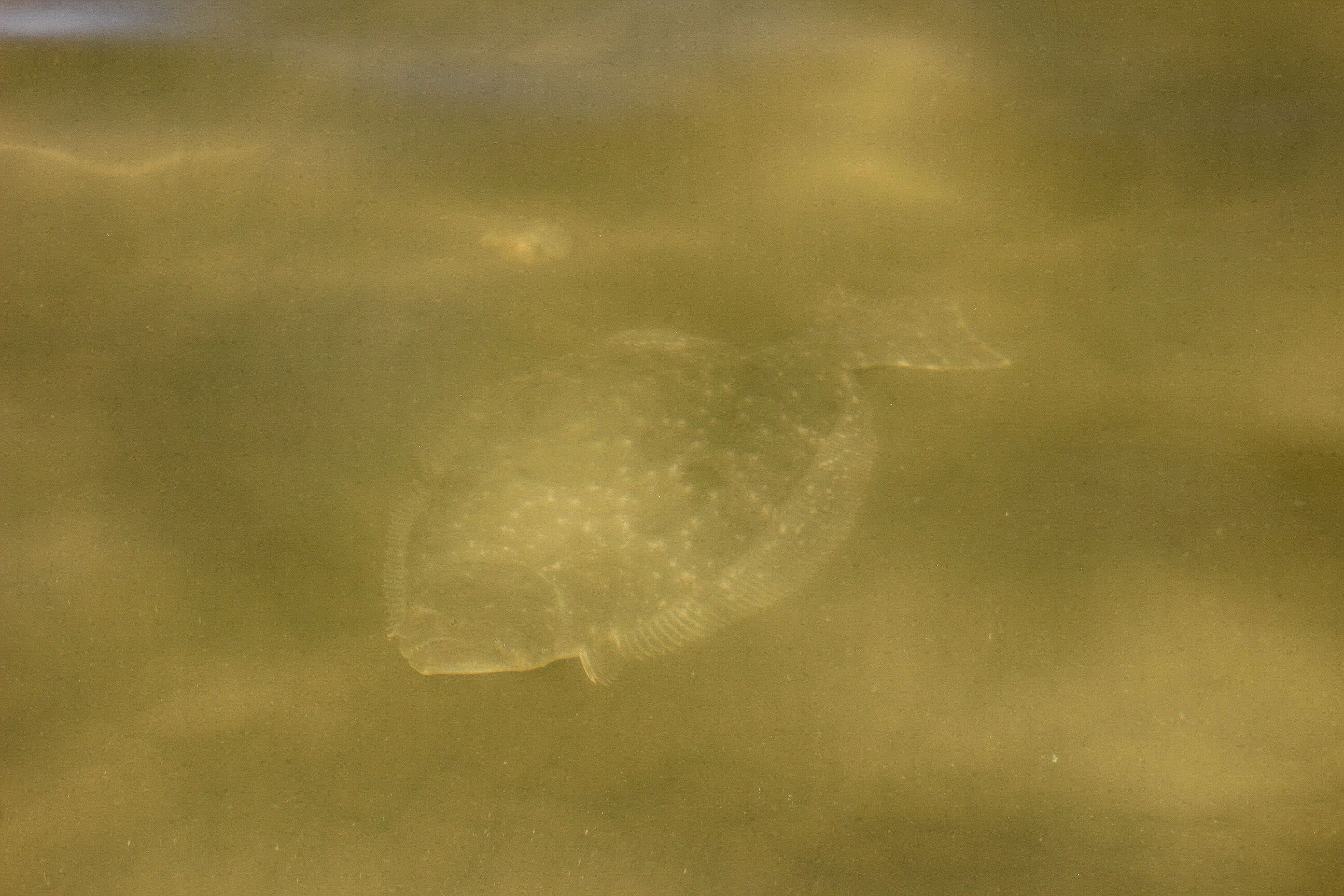Spadefish
Spadefish are medium sized, disc shaped fish of some temperate and tropical inshore and coastal waters, that can present an exciting challenge to the specialist sport angler.
View 1 listing
1
listings
–
price starting from
1
countries
–
to the nearest trip
About Spadefish
Spadefish are one of 17 members of the Ephippidae family that includes angelfish and batfish. The spadefish most important in recreational angling include the Atlantic species, Chaetodipterus faber and the African spadefish, Tripterodon orbis. Both species are “spade” shaped, being strongly laterally compressed with a blunt snout and small mouths with many “brush-like teeth.
The Atlantic species has 4-6 obvious irregular vertical bars down its flank - the first going through its eye - with a spiny first dorsal fin and large, lobed second dorsal and anal fins. The African species looks similar, but without the dark bars. Atlantic spadefish can attain 91 cm. (36 in.) and 9.1 kg. (20 lbs.) while the African species reaches 75 cm. (30 in.). They all feed mostly on small benthic invertebrates and floating plankton. While not easy to catch, spadefish are becoming more popular with sport anglers due to their potential size and very strong fighting ability.
How to Catch?
Due to their small mouths and their food preferences being mostly small invertebrates, it is not easy to catch spadefish, but they are increasingly targeted due to their potential size, abundance and fighting prowess. They spend much time in shallow water or near the seabed nibbling from the substrate or taking small items of food drifting in the water column. They are unlikely to take spinning lures and large artificial flies and the best way to catch them is to use medium to light tackle with small hooks and very small bits of natural bait.
The spadefish can be targeted from the shore, jetties or from small boats and the aim is to carefully approach where the fish will be and cautiously cast out your bait to drift past or lie on the bottom where fish may be feeding. The best baits are small natural baits that are found where the fish are living. Jellyfish work well, but are difficult to keep on a hook, while strips of clam meat are easier to use. Chumming, using frozen minced clam, in a promising area can be productive and draw fish to your bait. You never know when a substantial spadefish may take your small hook and light tackle and then the fight is on! Casting a small fly and letting it drift through a “chum line” can result in a spectacular fight and great trophy!


